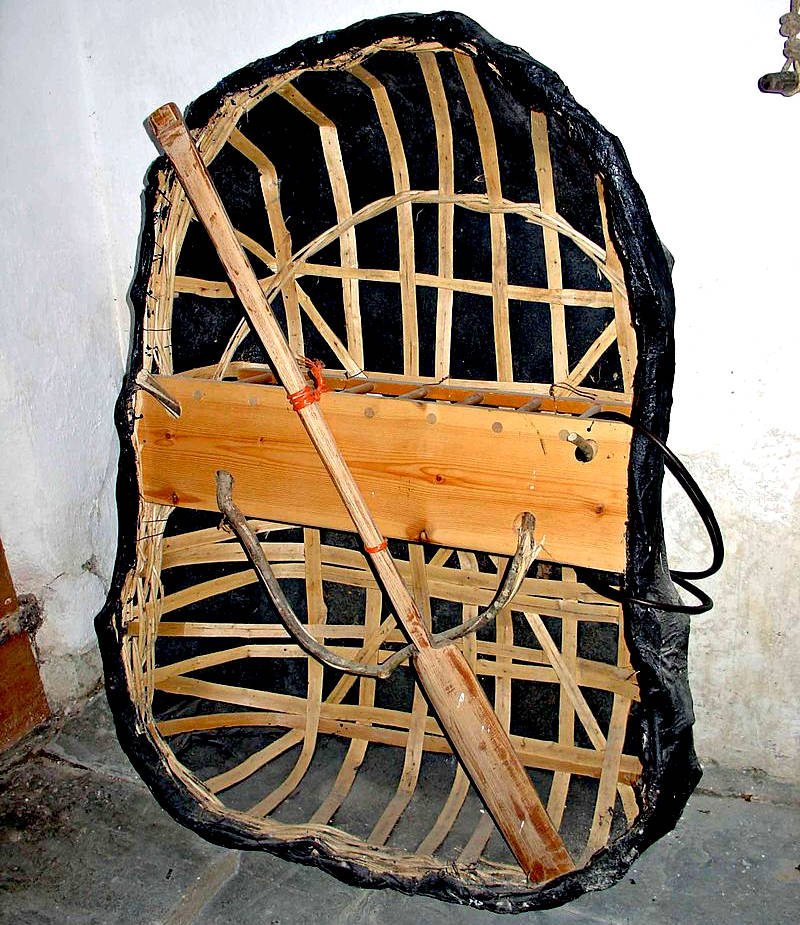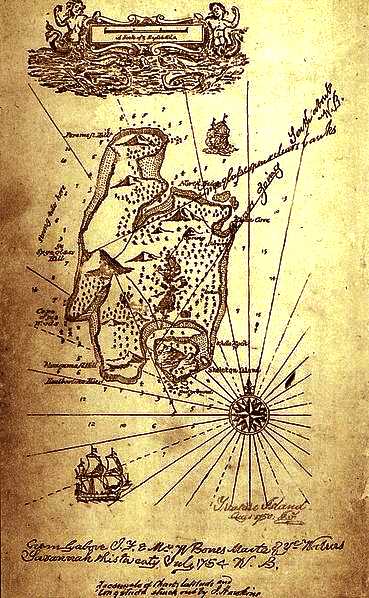|
CORACLE
|
|
|
|
|
|
A modern Welsh coracle
A coracle is a small round boat with a wooden frame and skins as a waterproof hull, typically built to contain one person, that is difficult to steer, but light enough for one man to carry on his back and launch, unaided.
The structure is made of a framework of split and interwoven willow rods, tied with willow bark. The outer layer was originally an animal skin such as horse or bullock hide (corium), with a thin layer of tar to waterproof it.
Today, this is replaced by tarred calico, canvas, or fibreglass. The Vietnamese/Asian version of the coracle is made of interwoven bamboo and waterproofed by using resin and coconut oil. Oval in shape and very similar to half a walnut shell, the coracle has a keel-less flat bottom to evenly spread the load across the structure and to reduce the required depth of water – often to only a few inches. This structure helps to make the boat more maneuverable and less likely to snag when used on narrow and/or shallow slow-running waterways.
Treasure Island, map of Skeleton island
Abraham Gray - Ships carpenter Ben Gunn - Marooned pirate Billy Bones - Former mate of Captain Flint Black Dog - Pirate Blind Pew - Pirate Captain Alexander Smollett - Hispaniola captain Captain Joseph Flint - Deceased pirate, owner of buried treasure chest and map Dick Johnson - Is a young pirate with a Bible Doctor David Livesey - Medical man and magistrate George Merry - A mutinous pirate Hispaniola - The sailing ship hired for the adventure Jim Hawkins - Cabin boy Job Anderson - Ship's boatswain John Hunter - Squire Trelawney's manservant Israel Hands - Ship's coxwain, mate of Captain Flint Richard Joyce - Valet to Squire Trelawney Tom Morgan - Pirate friend of Captain Flint Tom Redruth - Gamekeeper
Treasure
Island was written by Robert Louis
Stevenson, becoming an instant hit,
popular with children and adults, the subject of many films and graphic
novels.
STUDIO/AGENTS: A draft script for Kulo-Luna is available on request. Cleopatra The Mummy is currently under development
|
|
|
Please use our INDEX to navigate this site or return HOME
This website is Copyright © 2022 Cleaner Ocean Foundation & Jameson Hunter - All rights reserved
|

